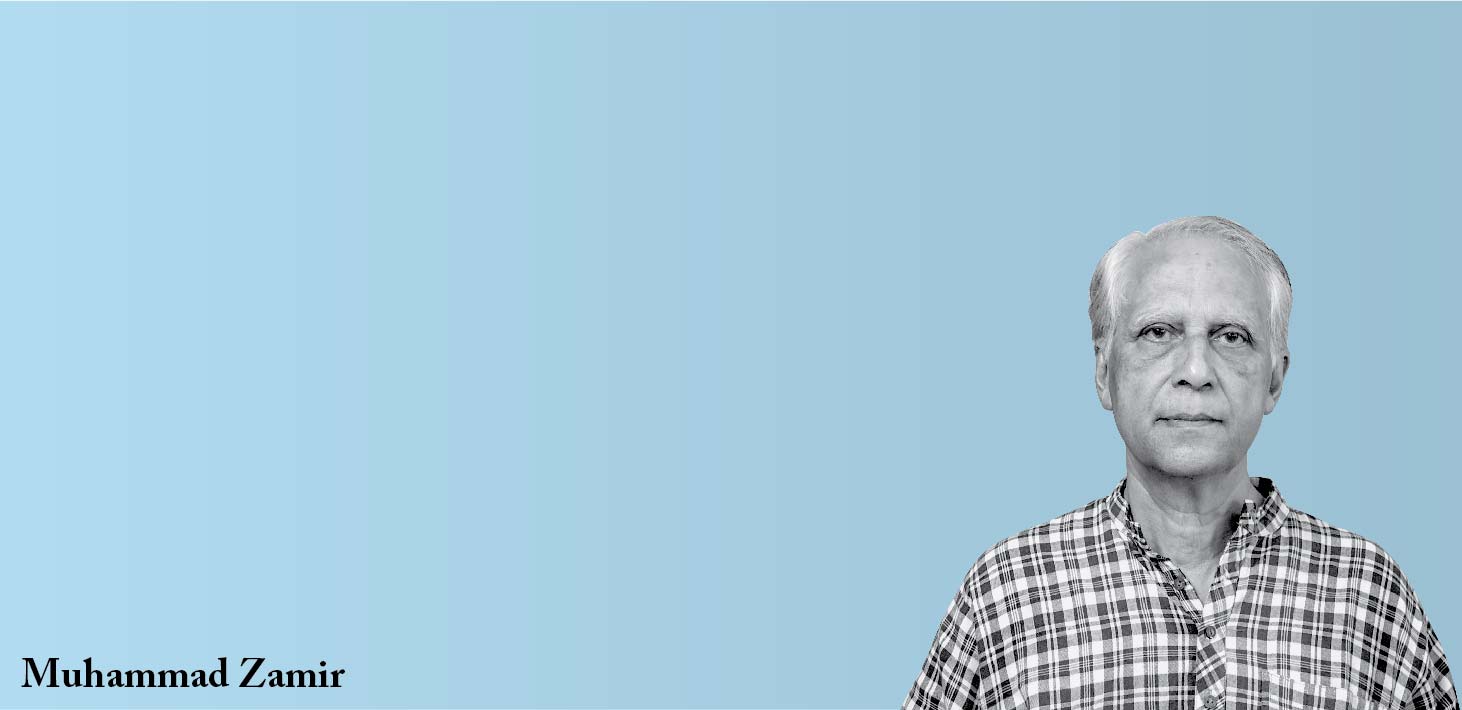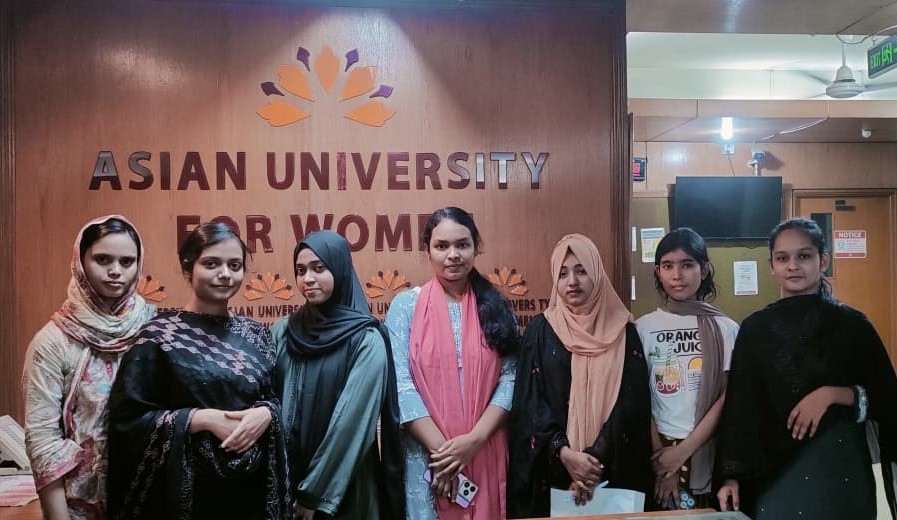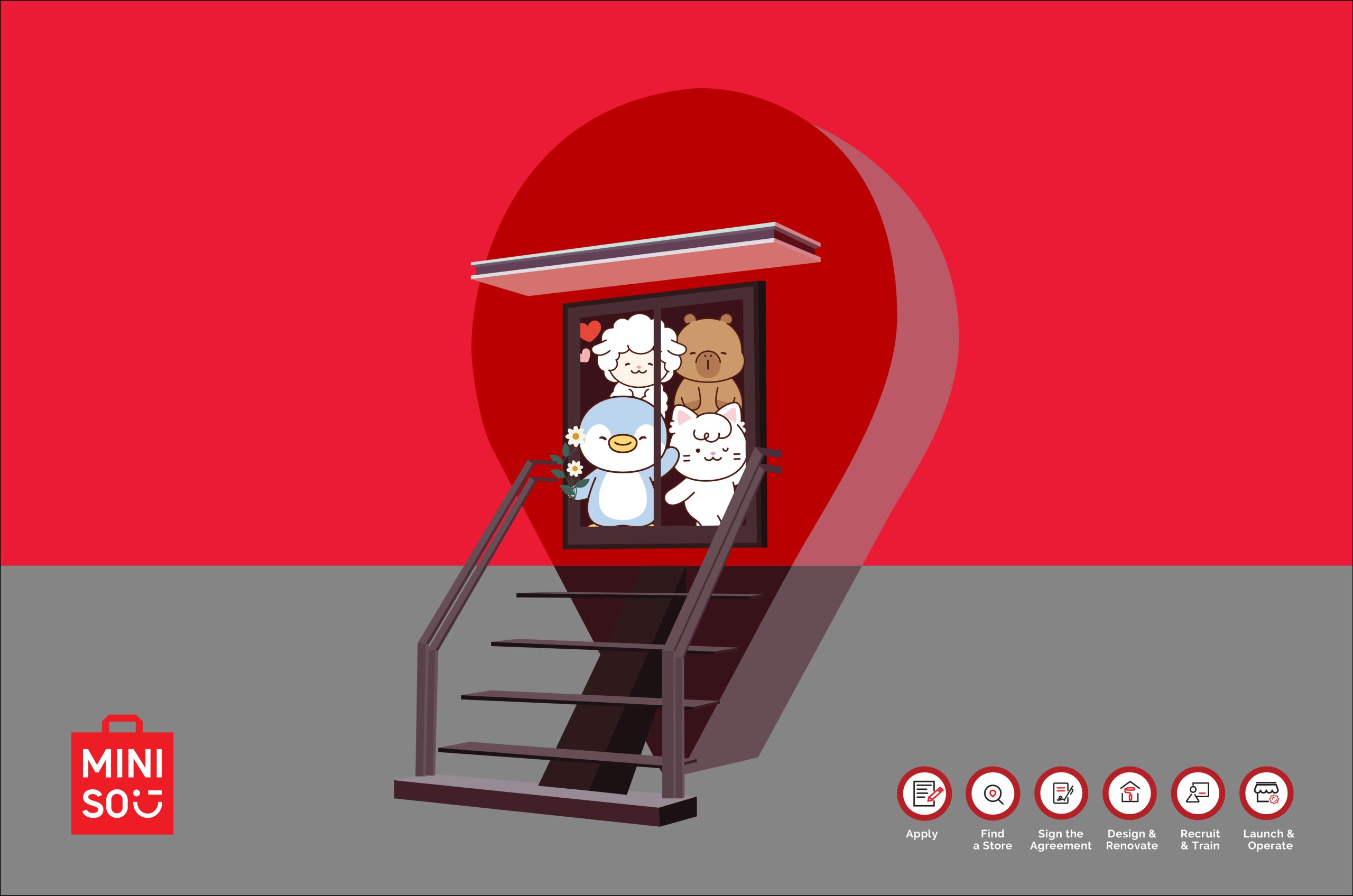Despite existing problems, I believe that Bangladesh and India are moving forward together. This is being specifically reflected in concrete terms in the bilateral and sub-regional connectivity being established.
Bangladesh and India not only share a history of colonialism and exploitation but also believe in achieving poverty reduction and socio-economic development for their people. In this regard, over the past five years delegations from the Bangladeshi leadership and Indian government have exchanged visits between New Delhi and Dhaka to identify common denominators that could help both countries overcome existing challenges through their combined political will.
Despite the niche of mistrust fostered by certain right-of-the-centre activists and fundamentalists in both countries and their efforts to create roadblocks for possible solutions, good neighborly relations have continued to develop between the two countries. This has been possible because of the realization that the solution lies not only in greater connectivity in this era of global inter-connectivity, but also that no country can gain prosperity from isolation. The rationale for this lies in the fact that the countries of a region which face common developmental challenges must work together to fight deprivation and poverty. This realization has led our government to prioritize constructive engagements with our neighbours.
I believe that this equation has been taken forward through the resolution of the Maritime Boundaries between Bangladesh and India and also with Myanmar. The completion of the Land Boundary Agreement ratification process by India after 41 years has also brought momentum to these dynamics.
The recent visit of Indian Prime Minister Narendra Modi to Dhaka from 6-7 June, 2015 underlined that Bangladesh and India were not only neighbors but would be walking forward together on the path of development that was underway in the sub-region of India, Bangladesh, Bhutan and Nepal. It was this spirit that marked the bilateral vision of the leaders of both countries in their speeches delivered on different occasions on these two days. It was also reflected in the Joint Declaration issued during the conclusion of the visit.
This shared vision of moving forward together had been initiated earlier during the visit of Manmohan Singh, the former Prime Minister of India to Bangladesh in September 2011. At that time it had been agreed to harness not only the advantages of regional and sub-regional cooperation in power, water resources, transport and other forms of connectivity but also to work on issues regarding food security, education, environment and sustainable development. A broad understanding was reached by the two countries to cooperate in a multitude of areas. This opened up the scope for exploring the synergies among the four countries (Bangladesh, India, Nepal and Bhutan) of the sub-region in various ways that may be undertaken either bilaterally or in a multi-lateral context like SAARC, BCIM and BIMSTEC or in the sub-regional context (BBIN).
An example of the shared vision that exists within the leadership of the two countries was exhibited during Modi’s visit to Dhaka through the signing, exchange, adoption and handing over of 22 different agreements that covered various areas. This included the implementation process of the Land Boundary Agreement and its 2011 Protocol, the widening of connectivity through the introduction of new bus routes from Kolkata to Agartala and Gowhati via Dhaka, the arrangement of Inland Water Transit, renewal of the bilateral trade agreement, prevention of human trafficking through greater cooperation between the Coast Guards and Border Guards of the two countries, diversified cooperation in the Maritime territories in the Bay of Bengal, provision of a new Line of Credit of $2 billion by India to help in the growth of infrastructure in our country, the enabling of the use of the Chittagong and Mongla Ports by India in the context of connectivity, greater cooperation in the area of education and culture and agreements in the field of standardization and the setting up of two possible economic zones inside Bangladesh for investment by the Indian private sector. In addition there were also discussions and understandings reached (on how to move forward) pertaining to greater cooperation regarding the power sector and joint water sharing and management issues.
Since then, as of 1 August, 2015, the provisions of the LBA have been implemented by the two countries and efforts are also underway to overcome the challenges that are associated with the implementation processes.
However, there are still some complications that need to address with seriousness. They include the sensitive issues of border killings and the sharing of the watercourses flowing into Bangladesh from India. The fact that the West Bengal Chief Minister was also present during Modi’s visit but was met separately had its own connotations. It was interesting to read Modi’s reference that “our rivers should nurture our relationship, not become a source of discord. Water sharing is above all a human issue…I am confident that with the support of the State governments in India, we can reach a fair solution on Teesta and Feni Rivers”. I presume that this issue will be eventually resolved but not before the next State election in West Bengal that will take place in 2016.
With regard to killing at the borders, Modi expressed his anxiety and concern. He mentioned that those being killed were poor people and that needs to be dealt with effectively. These are good assurances, but like any other Bangladeshi, I feel that, sooner rather than later, the Indian Border Guards should be specifically asked by the Indian government to stop using bullets that kill. Instead, efforts must be made to arrest those who might be trying to cross the border into India and imprison them. They could later be allowed to return to Bangladesh. This is also a human element that has to be appreciated. It will only enhance the success of our partnership.
There is also the question of the increasing trade deficit between Bangladesh and India and how investment by Indian entrepreneurs may spur employment inside Bangladesh and also diversify the range of manufactured products that can then be exported to India (thereby reducing the trade deficit). From this perspective, it is expected that the discussion between our senior business and manufacturing leaders and Modi will assist this paradigm.
Despite existing problems, I believe that Bangladesh and India are moving forward together. This is being specifically reflected in concrete terms in the bilateral and sub-regional connectivity being established through riverine, rail, road and air linkages. We are presently working to further expand existing modes of connectivity and at the same time also explore new modes of connectivity such as coastal shipping connectivity for our mutual benefit. To establish a better connected South Asia, Bangladesh has agreed to provide the access of our ports through our territories to India (north-eastern states), Nepal and Bhutan. Bangladesh has also offered use of Mongla and Chittagong sea ports for movement of goods to and from India through rail and road. In return, we have sought India’s cooperation for transit to Nepal and Bhutan.
Work on establishing Akhaura-Agartala rail link is presently going on. It may be mentioned in this context that Bangladesh and India already have direct bus services between Dhaka and Kolkata (since June 1999) and also between Dhaka and Agartala (since September 2003). Bangladesh has also taken initiatives to introduce bus services between some other destinations in the two countries. The Dhaka-Shillong-Guwahati and Kolkata-Dhaka-Agartala Bus services (merging the Kolkata-Dhaka and Dhaka-Agartala services) have commenced. Bangladesh has also requested India for Khulna-Kolkata and Jessore-Kolkata Bus services. Some more services are also in the pipeline. A Dhaka-Kolkata passenger train service (Maitree Express) has been operating since April 2008 but now we are pushing for a 2nd Maitree Train for Khulna-Benapole-Kolkata route.
The latest step taken in this regard was the signing on 15 June, 2015 of the Motor Vehicles Agreement in Thimpu, Bhutan between Bangladesh, India, Bhutan and Nepal. It is a landmark deal that will open up enormous economic opportunities in this South Asian sub-region, reduce cost and time in the transportation of people and goods and also make cross-border trading more efficient. Efforts will be taken to mange it in the same manner as the transport connectivity that has been introduced throughout the European Union.
Attempts are also underway to take advantage of existing natural resources through inter-country means of riverine transport. This is already taking place in a limited way through the Indo-Bangladesh Protocol on Inland Water Transit and Trade (PIWTT) in operation since 1972. By virtue of this, Indian cargo is transported by vessels from mainland to north-east India using Bangladesh’s inland water ways. The PIWTT has however now been amended and Ashugonj has been declared a port of call and transshipment point. PIWTT is now going to be given long term validity which is expected to attract more investment in this sector. This will enable us to utilize the full potential of the inland water ways. We are also looking at plying of passenger and cruise vessels in these protocol routes.
There is another area which is also under focus- movement of containerized cargo (through waterways) under the PIWTT. This has however not been possible due to inadequate infrastructural support. Bangladesh has allowed India to transport over-dimensional cargo through Bangladesh via Ashugonj to Tripura for their Palatana Power Plant, but transshipment of bulk cargo in the same route under PIWTT is yet to be realized. Work on establishing coastal shipping connectivity between Bangladesh and India is also under serious consideration and an agreement to this effect is at the final stage.
Effort is also underway to increase air connectivity between the two countries through the addition of Guwahati to the already existing routes to Delhi, Kolkata and Mumbai. In addition, the relevant authorities are taking necessary measures to develop greater cooperation in the energy sector. India is going to supply diesel to Bangladesh through pipeline from its Numaligarh Refinery in Assam. Besides, Bangladesh has taken steps to import 500 MW of electricity from India (50% from the public sector and the rest from the private sector) through the Bheramara-Bahrampore grid inter-link, the first of its kind in the sub-region. In this context, the concerned authorities are also trying to resolve the question of 40-50 MW loss of energy suffered during transmission. Work is also on to establish grid-connection with Tripura on our eastern border.
One is therefore tempted to observe that the glass of our bilateral relationship is now three-fourth full and the vacant space is filled with oxygen that can nurture growth.
The author is a former career diplomat who has worked as Ambassador in various countries in Europe. He can be reached at muhammadzamir0@gmail.com















